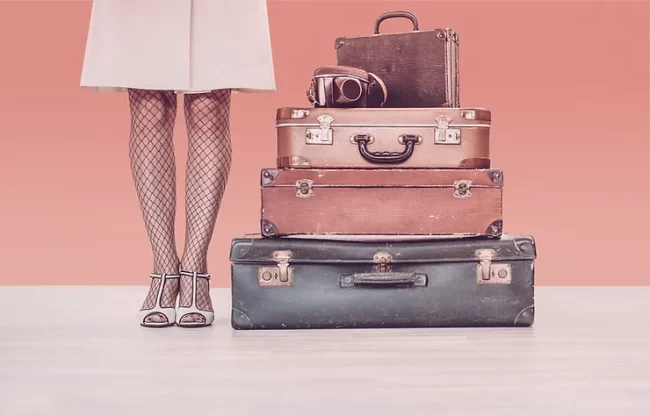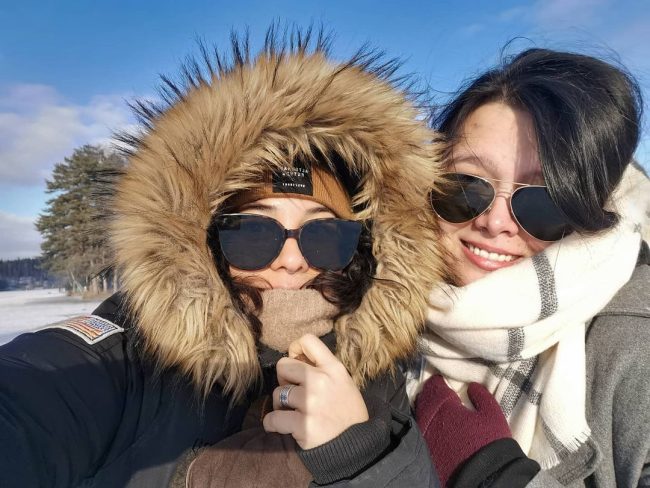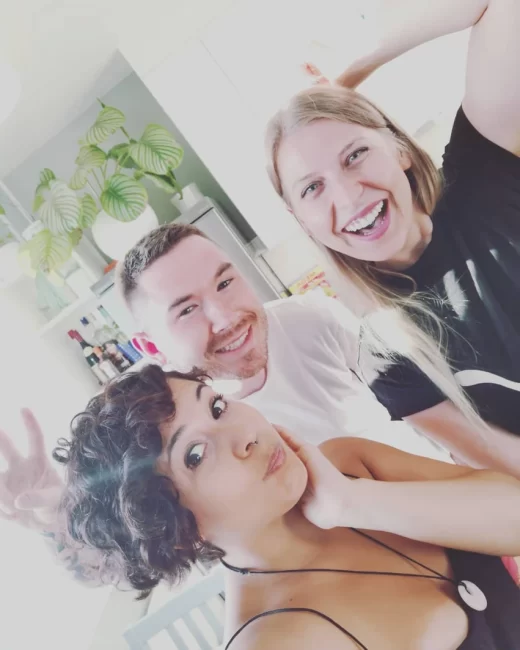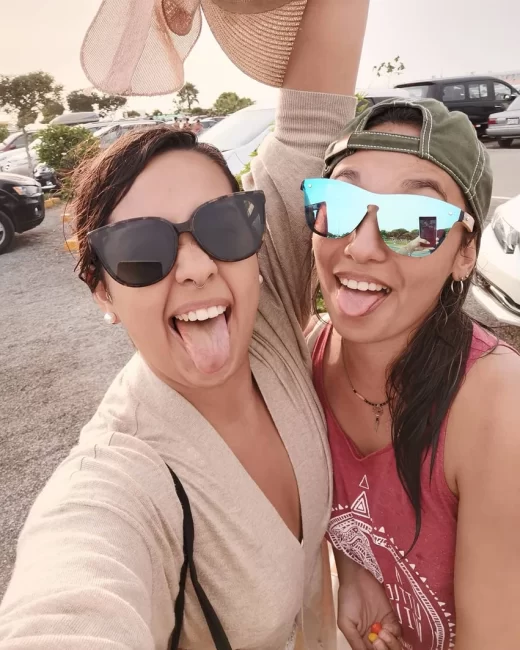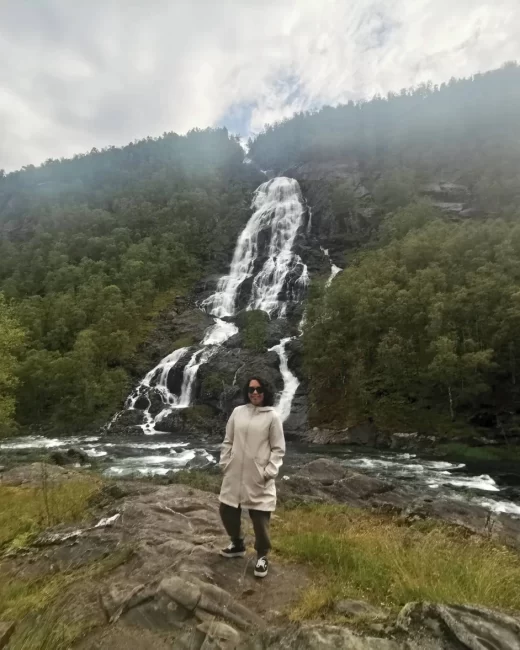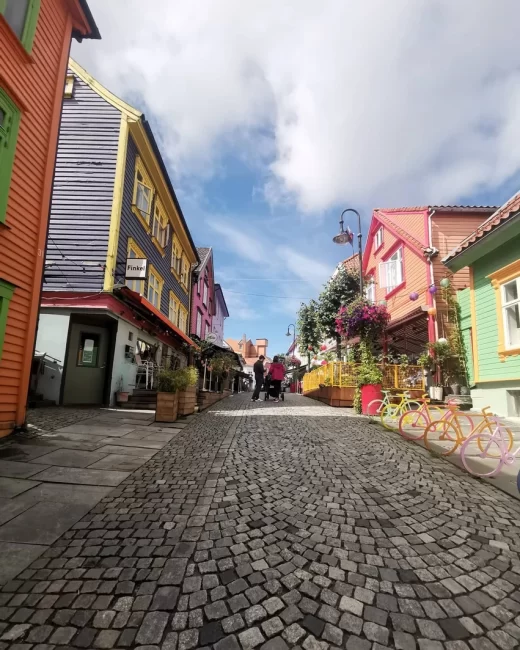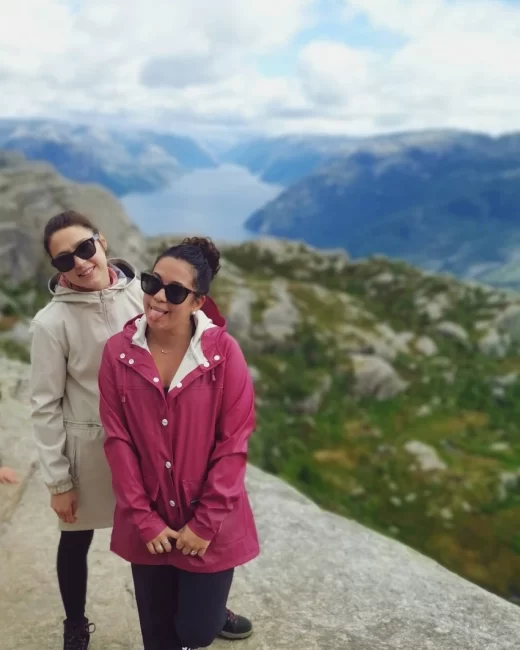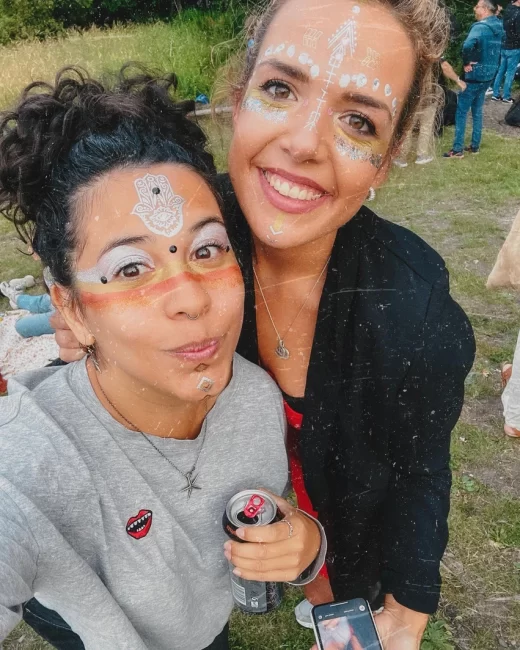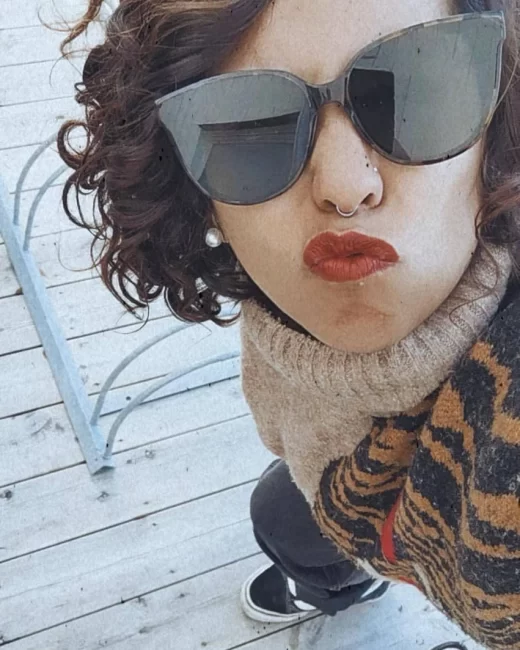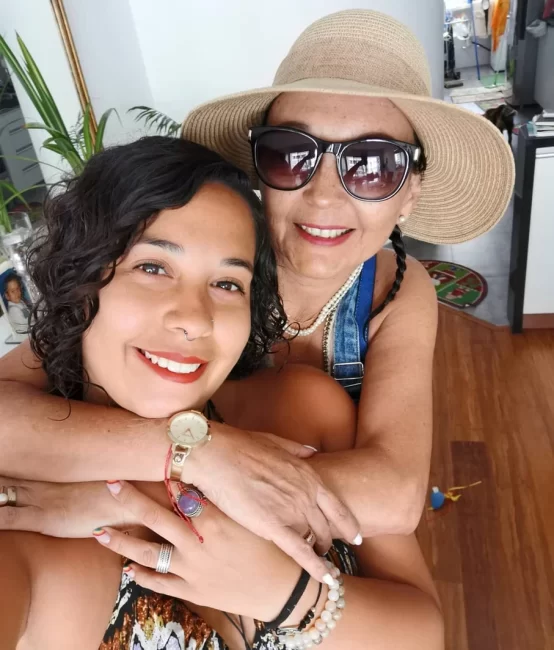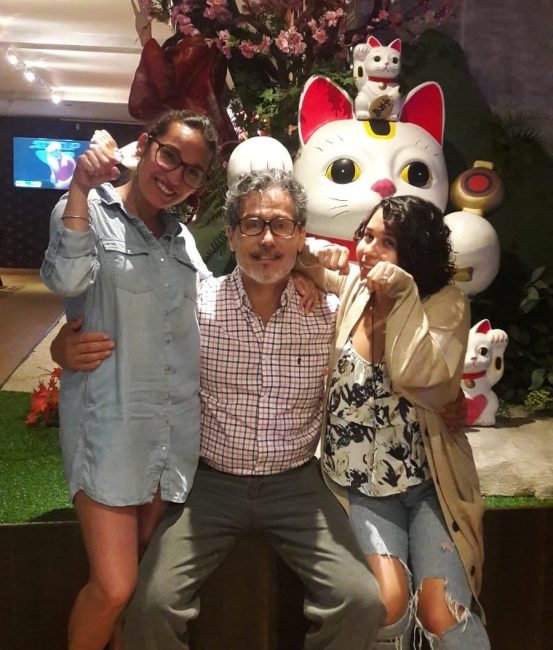Alessandra’s Story from Peru to Norway
This Blog Begins with a Series About Emigration
This blog kicks off with a special series dedicated to those who, for whatever reason, decide to emigrate.
Last weekend, I started conducting interviews after making a callout on Instagram, asking for stories from people living outside their countries of origin. Several of them generously offered to share their journeys. I’m deeply grateful—these conversations have been incredibly enriching.
The idea is to dive into real experiences and explore the perspective of those big challenges we all face when we leave behind everything we know to start from scratch in a completely different world—often with a new culture, language, and way of life.
In my opinion, choosing to emigrate is a true act of courage. It might be exciting and adventurous, but it’s also a leap into the unknown, often without a safety net. You’re forced to stretch far beyond your comfort zone—at least at the beginning.
There are many reasons to emigrate. It could be to stabilize your personal situation, to grow professionally, for love, or simply to experiment with life and see what new adventures it might offer. Nothing more—and nothing less.
Whatever the reason, taking that step shapes and strengthens you. It pushes you to grow on every level. So, here’s to all of you who’ve taken that leap into the unknown—my deepest respect and congratulations.
The first story comes from Alessandra Lamtenzan, a Peruvian woman who, this March, will have been living in Oslo, Norway, for seven years.
Alessandra’s Journey
Alessandra never imagined moving to Norway. While she had considered living in Europe, she never thought about where. Her journey began when her partner, a chef at the time, was offered a role at Oslo’s first Peruvian restaurant. He accepted, and without hesitation, Alessandra decided to join him. She was 21 years old.
Her partner arrived in Oslo a month earlier to settle in, find accommodation, and learn about the restaurant. Alessandra joined him in March 2015, with a short stop in Madrid on the way. Her first taste of European life, particularly in Spain, was a shock due to the contrast with life in Peru. Despite what she had heard about Oslo being a big city, it didn’t seem that way compared to Lima, where she had lived.
Everything in Spain felt different from Lima—the architecture, the streets. But the real cultural shock came when she moved to Oslo. Arriving at the end of winter, Alessandra was initially impressed by the change, and despite the challenges, she found the experience enjoyable. That first connection with her new destination played a key role in shaping her journey.
Unfortunately, after her second year in Oslo, Alessandra separated from her partner. However, her adventurous spirit kept her in the city. She had to decide whether to take the plunge and start a new life on her own. One of her main concerns was leaving Peru without finishing her photography degree.
In Norway, there are challenges like language barriers, depending on the job you’re looking for. However, as we’ll see, speaking English can help you navigate the system. Once you decide to settle in Norway, you must register with the Norwegian system. The “New in Norway” website offers valuable information on the procedures for newcomers.
Alessandra’s first jobs in Norway were as a nanny. She bravely took on the challenge and quickly found work caring for a one-year-old. Within a month, she had secured her first job. Later, she shifted to hospitality, meeting more foreigners and starting to build connections. Through socializing, she began to feel more “at home” in Oslo. This helped her create a new circle of friends and gradually transformed the city from a foreign place into her new home.
Language and Integration
Alessandra has navigated the language barrier in Norway quite well with English, a skill she learned back in Peru through school. Her level of English has enabled her to communicate effectively, especially in the jobs she’s had. However, Norwegian language courses are expensive, costing from 300€ a month. When Alessandra first arrived, there were free courses available through the Church or the Red Cross, but she didn’t feel the need to take them at that time. She mentions that if you want to aim for a better job, eventually you will need to have some knowledge of Norwegian. After living in Oslo for seven years, she has acquired basic Norwegian skills.
In terms of the Norwegian character, Alessandra finds Norwegians to be independent, solitary, and generally less extroverted. However, unlike some, she didn’t seek out online forums to meet fellow Peruvians; instead, she chose to integrate from the start, making friends from various backgrounds. She didn’t want to form a “Latino ghetto,” but instead was eager to learn about other cultures. Interestingly, Alessandra has only recently begun to meet Norwegians, not because she didn’t want to, but because she believes that Norwegian people tend to be more reserved, and socializing with them often requires an introduction through a mutual friend.
For more insights on the Norwegian character, check out this video by Maritakey, who has also lived in Norway since 2012.
Living in Norway
Alessandra feels that moving to Norway has allowed her to indulge in things she wouldn’t have been able to afford if she had stayed in Lima. The country’s high Human Development Index offers opportunities that are quite different from what she could have experienced in Peru.
Although Norway is not part of the European Union, Alessandra, who holds dual Peruvian and Spanish nationality, found that as an EU citizen, she has many of the same rights as Norwegian citizens. However, she pointed out the first step when arriving in Norway: getting a “D-nummer,” a provisional number, which comes with certain restrictions. For example, she was initially unable to purchase a phone card with it. Once you secure formal employment, you are eligible for a permanent identification number, the fødselsnummer
Even though Alessandra prefers warm countries and beaches, she has taken the opportunity to explore Norway. One of her favorite cities there is Stavanger. Despite her preference for warmer climates, she appreciates Norway’s stunning landscapes and contrasts. Alessandra’s experience reflects how moving to a new country can offer unexpected rewards and challenges.
Focus on Quality Relationships and Nature
Currently, Alessandra is 28 years old, and over the years, she has learned that in her inner circle, she values quality over quantity. She has a small group of friends with whom she enjoys gathering at one of their homes to share a glass of wine or just have a conversation. She’s no longer as drawn to the nightlife as she once was.
Her hobbies include enjoying nature, walking through forests or along rivers, and discovering the natural paradise that is her current home, Norway, where the beauty of the surroundings offers endless opportunities to reconnect with tranquility and peace.
Living in Norway: Housing and Work Life
Living in Norway is not cheap. For example, a 17m² apartment in the center of Oslo can cost around €1000 a month. It’s common for newcomers or students to share apartments, and even renting a room can cost around €750, including utilities and internet. Rent rarely drops below €500.
Norway offers higher-than-average salaries compared to the rest of Europe, but the taxes can be significant, ranging from 32-35% of one’s salary. Alessandra, for instance, pays around 25% in taxes with her standard retail job salary.
She has been fortunate to find a spacious two-story apartment with a unique arrangement. The owners live upstairs, and Alessandra resides in the lower level, with all expenses included for €700 a month in exchange for helping to look after the children a couple of times per week. The apartment, measuring about 40m², is located in a central, family-friendly area, making it an ideal and affordable living situation for her.
Return to Peru: A Cultural Shock
Alessandra returns to Peru at least once a year, usually staying around a month to visit family and friends. However, after living in Norway for 7 years and being fully adapted to its way of life, her return to Peru is always a significant cultural shock. In Norway, everything is orderly, clean, and people are very respectful. Alessandra explains that in Norway, people generally don’t look at or smile at you when you turn around, which is quite different from the bustling, noisy streets of Peru where people will approach you and start a conversation out of the blue. This contrast can take Alessandra about two weeks to fully readjust to life in her home country.
She doesn’t see herself returning to live in Peru, unless something happens to someone very important to her or her family. In general, she doesn’t miss her life in Peru while living in Norway, not even when she goes back to visit.
New Beginnings and Future Plans
Alessandra has recently started dating a local Norwegian guy and has no intention of moving to another country within Europe; she feels very comfortable living in Norway. Sometimes, she has considered moving to places like Scotland or even Australia, but only if things didn’t work out in Norway. She’s definitely got a bold spirit!
Overall, her experience in Norway over the past 7 years has been very positive. Alessandra acknowledges that life always brings its challenges, and there have been moments of frustration and wanting to give up, but in general, she’s happy with where she is now. Having the chance to stabilize her life, build a social circle, and have a steady job has brought her a sense of fulfillment, and she’s content with staying in Norway.
She would love to go back to studying at the School of Art, but she knows that to make this possible, she will need to dedicate herself to practicing the language more seriously.
Recommendations for Going Out in Oslo
When I asked Alessandra about places to go out, she recommended JaegerOslo, a venue with two different atmospheres on two floors: one side usually hosts electronic music events, while the upstairs area is a quieter space. The vibe is fantastic, with cool and laid-back people.
She also suggests Kulturhuset i Oslo, which offers a cozy atmosphere and plenty of spots to hang out and enjoy a drink.
For those looking for more of a party scene, Dorsia is a recently opened hotspot that might soon become the “place to be” in Oslo, so it’s worth checking out.
Useful Resources for Moving to Norway
To help those considering moving to Norway, here are some useful links with information on the process:
-
Service Center for Foreign Workers: This is where you’ll handle your first steps in the country, including getting your ID and tax card, among other things.
-
Ny i Norge: This website provides practical information for newcomers to Norway, such as finding housing, understanding the education system, and accessing healthcare.
-
For basic info about how the Social Security system works in Norway, check out this page.
As an EU citizen, you don’t need any special permits or visas to live, work, or study in Norway. However, within the first three months of your stay, you must inform the authorities of your arrival.
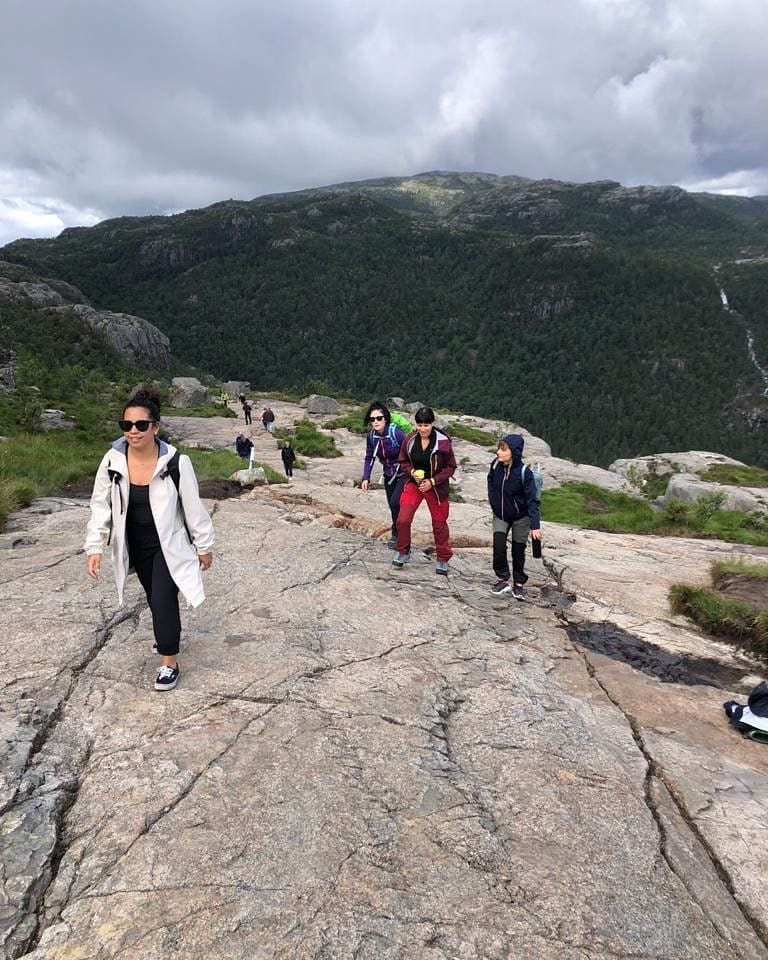
More Travel Inspiration & Unique Stays
Looking for more inspiration?
Find more travel inspiration here
For a curated selection of unique places to stay around the world, start here—use the filters in the top menu to browse by country or region and find your favorite.
Follow along on Instagram for more travel inspiration and stories from unique corners of the world.
Stay curious. Stay kind. Keep exploring.
